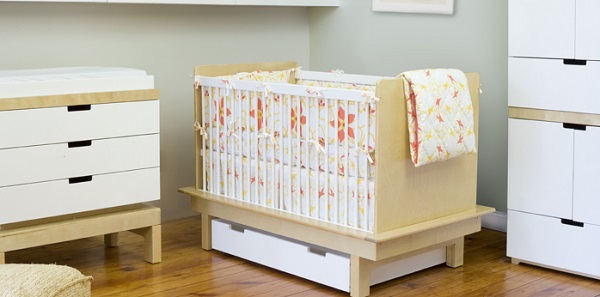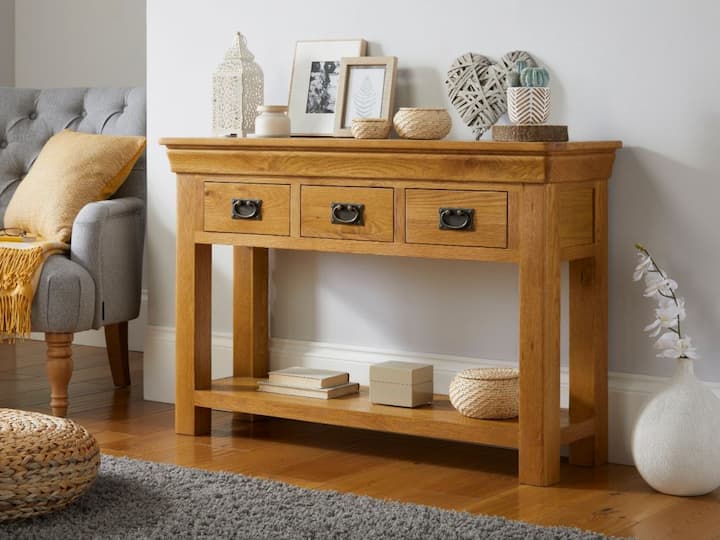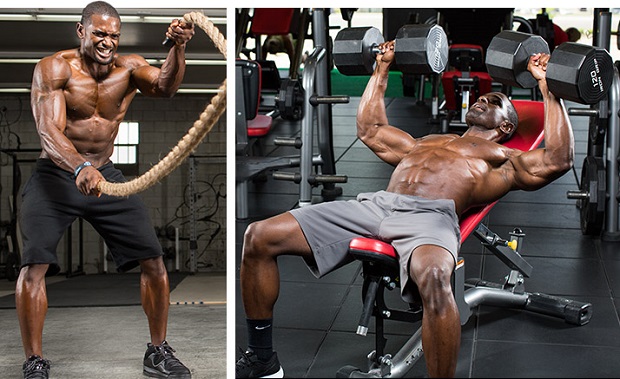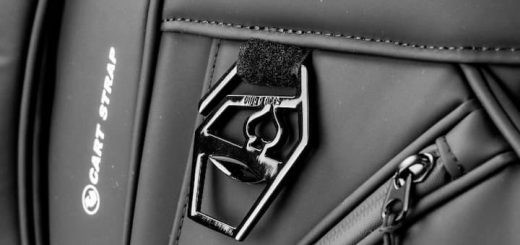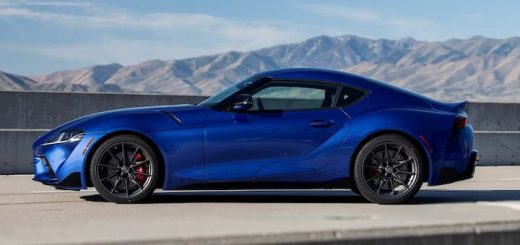Weld Smart: How to Choose the Right Electrodes and Wires for Every Method
Every successful welder knows that choosing the right welding process is key to a strong, lasting bond. Given that not all metals and projects are the same, there are numerous welding techniques, each suited to different applications. From fast and user-friendly methods to highly precise approaches, understanding the options can help you achieve quality weld results.
Some of the most commonly used methods include TIG, MIG and stick welding. Each of these techniques makes it easy to work with certain materials and to create structures that are otherwise impossible or hard to do with a different technique. But welding isn’t all about how workpieces are joined. The filler material or wire for welding is also important.
Filler welding wire is essentially a metal wire that melts during the bonding process to help fuse two separate pieces of metal together. As it melts, it fills the joint or gap between the workpieces, creating a strong, cohesive bond once it solidifies. In Australia, buying quality wire for welding is straightforward. Many specialised suppliers offer a wide range of options tailored to various materials and needs.
TIG Welding
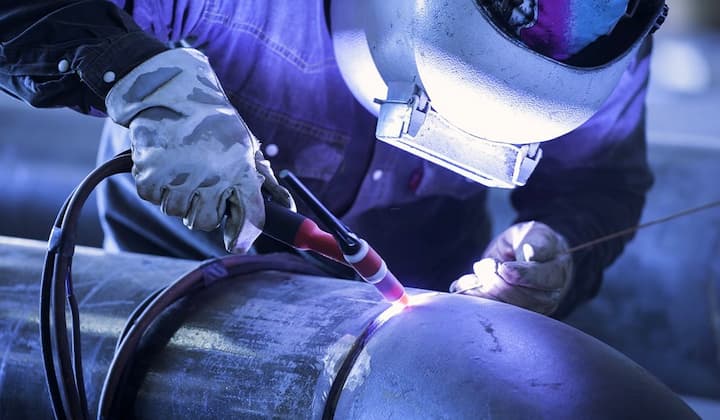
TIG (Tungsten Inert Gas) welding is a form of GTAW (gas tungsten arc welding). It’s one of the most popular methods used in manufacturing to join pieces of metal together. Apart from being compatible with many nonferrous metals like copper, aluminium and steel, TIG welding allows for incredibly precise, neat and professional welds. When it comes to joining metals, this fusing technique uses a filler rod, which is a thin metal rod that the welder manually feeds into the weld pool.
Unlike other welding methods that use continuously fed wire, the filler rod doesn’t carry current but provides the additional material needed to fill gaps and strengthen the joint. TIG filler welding rods are usually sold in diameters ranging from 1.6 mm to 3.2 mm. You might find them packaged in various options, including 0.5 kg tubes, 5 kg boxes, or bulk quantities, depending on the supplier and your project needs.
MIG Welding
MIG (Metal Inert Gas) welding, also known as Gas Metal Arc Welding (GMAW), is a versatile arc welding process. It joins metals like steel, stainless steel, aluminium and various alloys by heating them with an electric arc formed between a consumable wire electrode and the workpiece.
Being quick and easy to master makes MIG welding the go-to choice for fabrication shops, automotive repairs, high-output production work and general metal repair. The process is semi-automatic, so once you’re dialled in, you can focus on keeping the torch steady and let the machine do the feeding.
TIG welding, on the other hand, is more about control and detail. You’re manually feeding filler rod while operating a torch with your other hand and often using a foot pedal for heat control. That triple coordination pays off when you’re working with thin metal, critical joints, or materials like aluminium and stainless that demand pinpoint accuracy.
This results in cleaner welds with no spatter and minimal post-weld cleanup, perfect for custom fabrication, pipework, pressure vessels, and anything cosmetic where weld appearance matters. Also, while TIG relies on separate filler rods tailored to each metal, the MIG method uses a consumable wire electrode. This wire doesn’t just carry the arc, it becomes the weld, melting into the joint as it’s fed through the gun.
Choosing the right wire determines the strength, appearance and performance of your weld. Thankfully, many stores carry a great range of options to match your job. For everyday mild steel, ER70S-6 is a solid pick. It handles surface rust and gives smooth, clean welds. If you need to weld outside, or skip the gas bottle, then go for E71T-11 flux-cored wire. It works well on dirty metal and doesn’t need shielding gas.
If you’re welding aluminium, ER4043 is easy to work with, while ER5356 gives you more strength for heavier jobs. For stainless steel, there’s ER308L for standard jobs, ER316LSi for marine or food-grade work and ER309L if you’re joining stainless to mild steel.
Stick Welding

Stick welding, also known as SMAW (Shielded Metal Arc Welding), is another popular method. It’s a tough, versatile and widely used welding technique that’s been a workhorse for decades. Stick welding uses a flux-coated electrode to carry electric current and create an arc between the electrode and the workpiece. As the arc forms, the heat melts both the base metal and the end of the electrode. The melted flux coating forms a protective gas shield and a layer of slag over the weld, protecting it from contamination while it cools.
Unlike MIG or TIG, there’s no external shielding gas. The electrode does it all. It conducts the arc to create the heat needed for welding and it melts to become the filler metal. This is why stick welding involves frequent electrode changes and it’s smart to stock up. Stick electrodes are usually sold in packs or boxes. Also, you’ll often find them sorted by electrode type and diameter, meaning there’s a size and pack to suit your welding rhythm.
